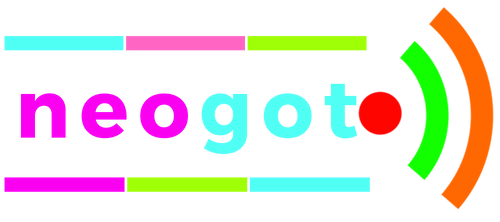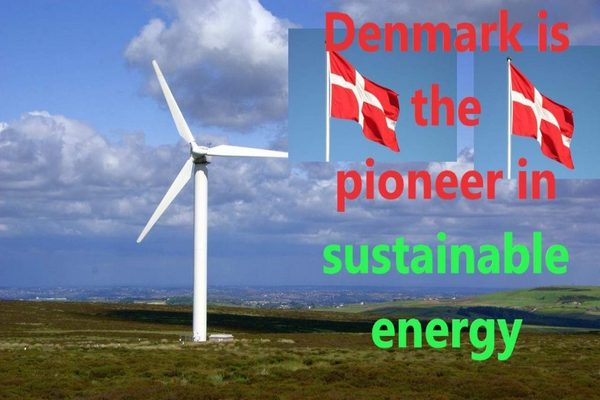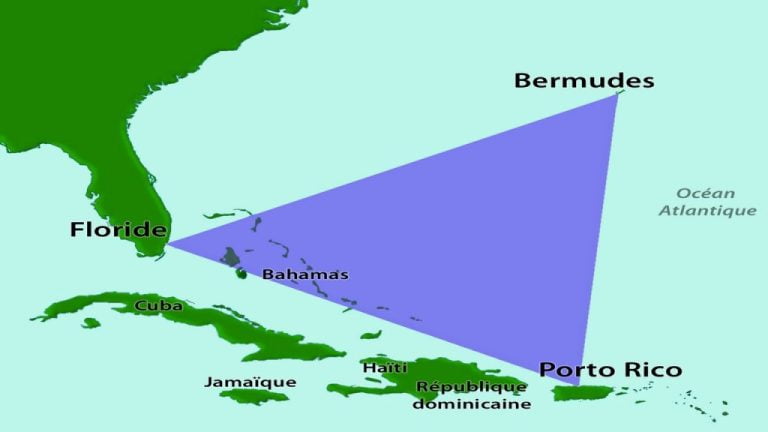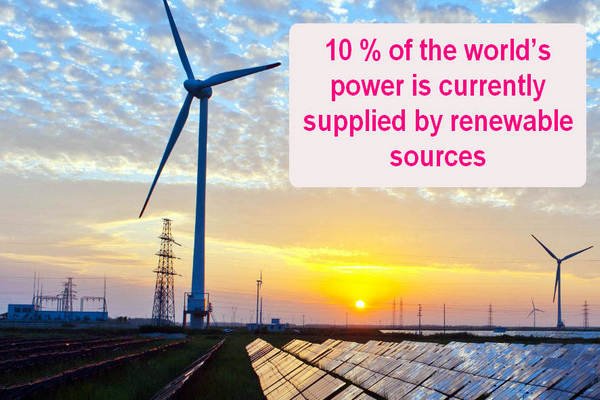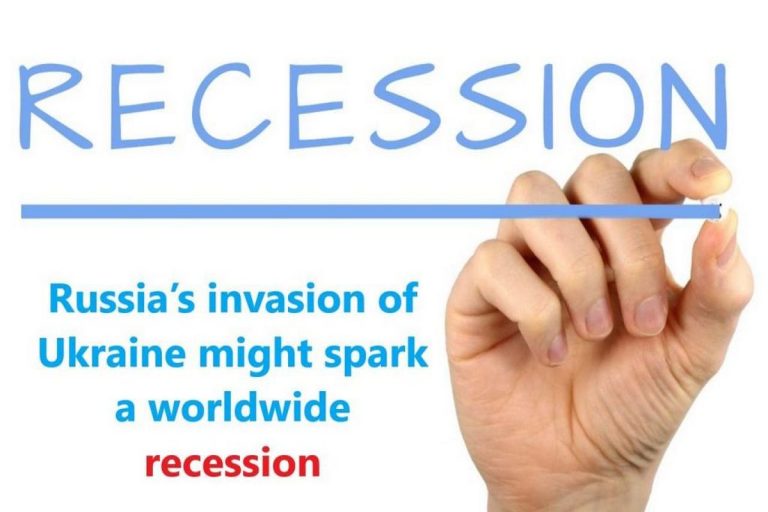Now Denmark is the pioneer in sustainable energy.
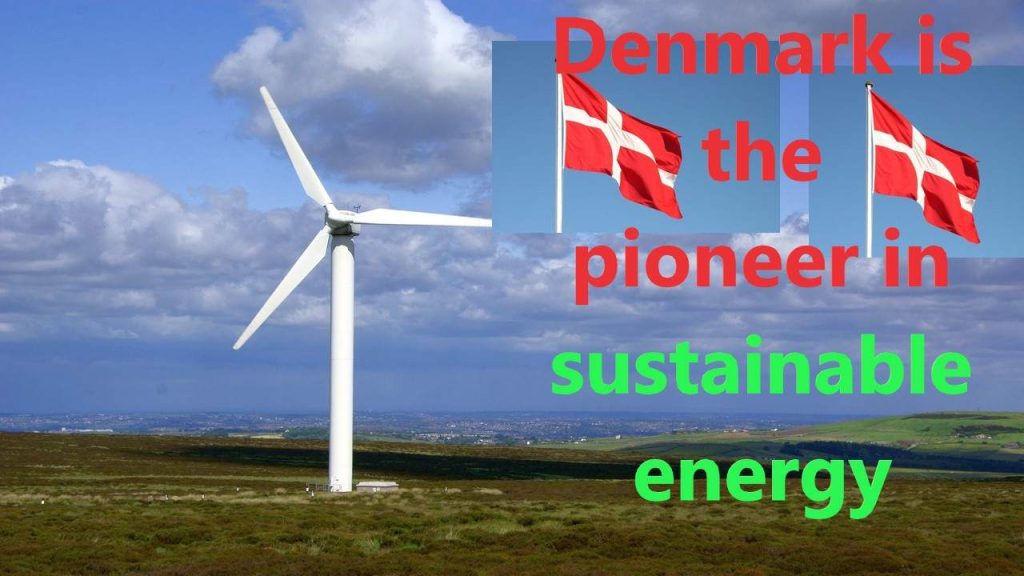
Denmark embraces clean, renewable energy. Wind energy generation per capita surpasses all other nations. In addition, bioenergy plays an essential part in the Danish energy system.
Did you know about the largest wind farm in Scandinavia?
The biggest wind farm in all of Scandinavia was opened in Denmark in 2021. The electricity usage of “Kriegers Flak” is equivalent to that of 600,000 Danish houses taken as a whole. The wind farm is located 15 to 40 kilometers off the coast of Denmark in an area of the Baltic Sea that is 132 square kilometers in size. It is anticipated that the wind farm would increase the annual electricity output from wind turbines in Denmark by around 16 percent.
Driving interest in Denmark is green energy. Wind and solar power together contribute to the generation of fifty percent of Denmark’s electricity today.
Wind energy is well-established in Denmark, which made the decision a long time ago to make advantage of the frequent winds and blusters that are characteristic of the Danish environment. Now, Denmark generates almost twice as much wind energy per person as the industrialized country that comes in second place in the OECD rankings for wind energy production.
However, this may come as a surprise to you: wind energy is not the primary renewable energy source that is utilized in Denmark. Solar energy is. The winner is bioenergy, followed by wind energy, solar energy, and geothermal energy in that order.
Agriculture as a source of bioenergy
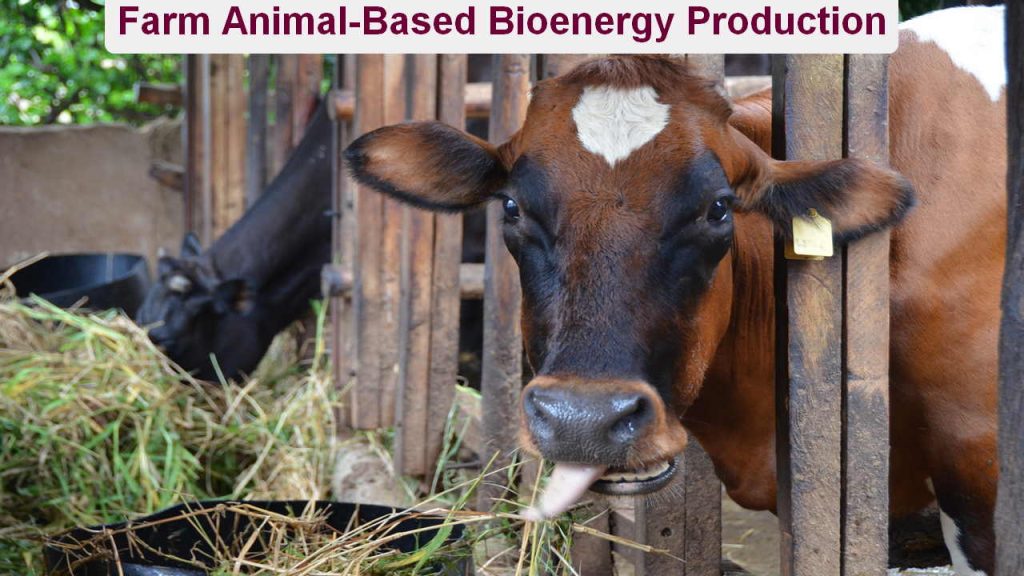
The term “bioenergy” refers to the energy that is stored in organic material or biomass, and it accounts for more than two-thirds of Denmark’s renewable energy supply.
Agriculture is a major industry in Denmark, and it also contributes to the country’s energy supply in an indirect manner. In Denmark, manure, animal fats, and straw are used as the foundation for biogas and liquid biofuels.
A significant number of power stations in Denmark are transitioning from using fossil fuels to using biomass (wood pellets, wood chips, or straw).
District heating, also known as heat networks, is used in Denmark to provide nearly two-thirds of the country’s homes with heat. This heat is delivered to residents in the form of hot water through pipes. About half of the fuel used for district heating in Denmark comes from renewable sources of energy such as biomass and other forms of organic matters
Even though biomass is a renewable source of energy, the influence it has on the environment is contingent upon the particular kind of biomass that is utilized. In Denmark, there is a significant emphasis placed on the acquisition of sustainable biomass.
In 2020, wind and solar power accounted for 50 percent of Denmark’s total electricity generation. That is the largest number that has ever been recorded.
Pioneers in the field of renewable technologies
Vestas, a Danish firm, and Siemens Gamesa, which has roots in Denmark, are two of the most innovative companies in the world when it comes to wind energy. According to GlobalData, in 2018, these two businesses had a combined stake that was approximately equivalent to a third of the total global installations of wind turbines (preliminary results).
MHI Vestas, which is a joint venture between Vestas and the Japanese corporation Mitsubishi Heavy Industries, is now responsible for the production of the 9.5 MW turbine, which is the world’s most powerful turbine that is serially manufactured. It has a rotor diameter of 164 meters, which is equivalent to almost the length of 10 parking spots!
A brief history of the wind power industry in Denmark
After the oil crisis of 1973, Denmark started to look into how wind power could be used. As a byproduct of making farm equipment, the wind turbine industry started to grow, and the first commercial wind turbine was put up in 1979.
Offshore wind energy was made possible by the success of onshore wind energy. Horns Reef 1 was built in the North Sea about 14 to 20 kilometers off the coast of Jutland in 2002. At the time, it was the largest offshore wind farm in the world.
Near Horns Reef 1, two more offshore wind farms opened in 2009 and 2019. Horns Reef 3 is the newest and largest offshore wind farm in Denmark. It will increase the amount of electricity that Denmark gets from wind by about 12%. Horns Reef 3’s 49 wind turbines have a total capacity of 407 megawatt, which is enough to meet the annual electricity needs of about 425,000 Danish homes.
The energy that comes from the sun and the earth is very important to Denmark.
Another sustainable energy source in Denmark is solar electricity. Buildings can be heated using solar panels and districts can be heated with solar cells.
Three geothermal power plants are in operation in Denmark, and the heat from these plants is utilized for district heating. Even though it currently accounts for a small percentage of total Danish district heating generation, the technology’s potential is enormous.
The importance of energy efficiency cannot be overstated; it is frequently referred to as the “first fuel,” a source of energy in and of itself. Energy efficiency has improved dramatically in Danish homes, businesses, and power generation.
Concluding observations about the Danish renewable energy industry
The Danish parliament has designated the year 2030 as the target year for achieving the aim of totally decoupling Denmark’s power grid from its reliance on fossil fuels. Green energy has been at the forefront of Denmark’s political agenda for many years.
